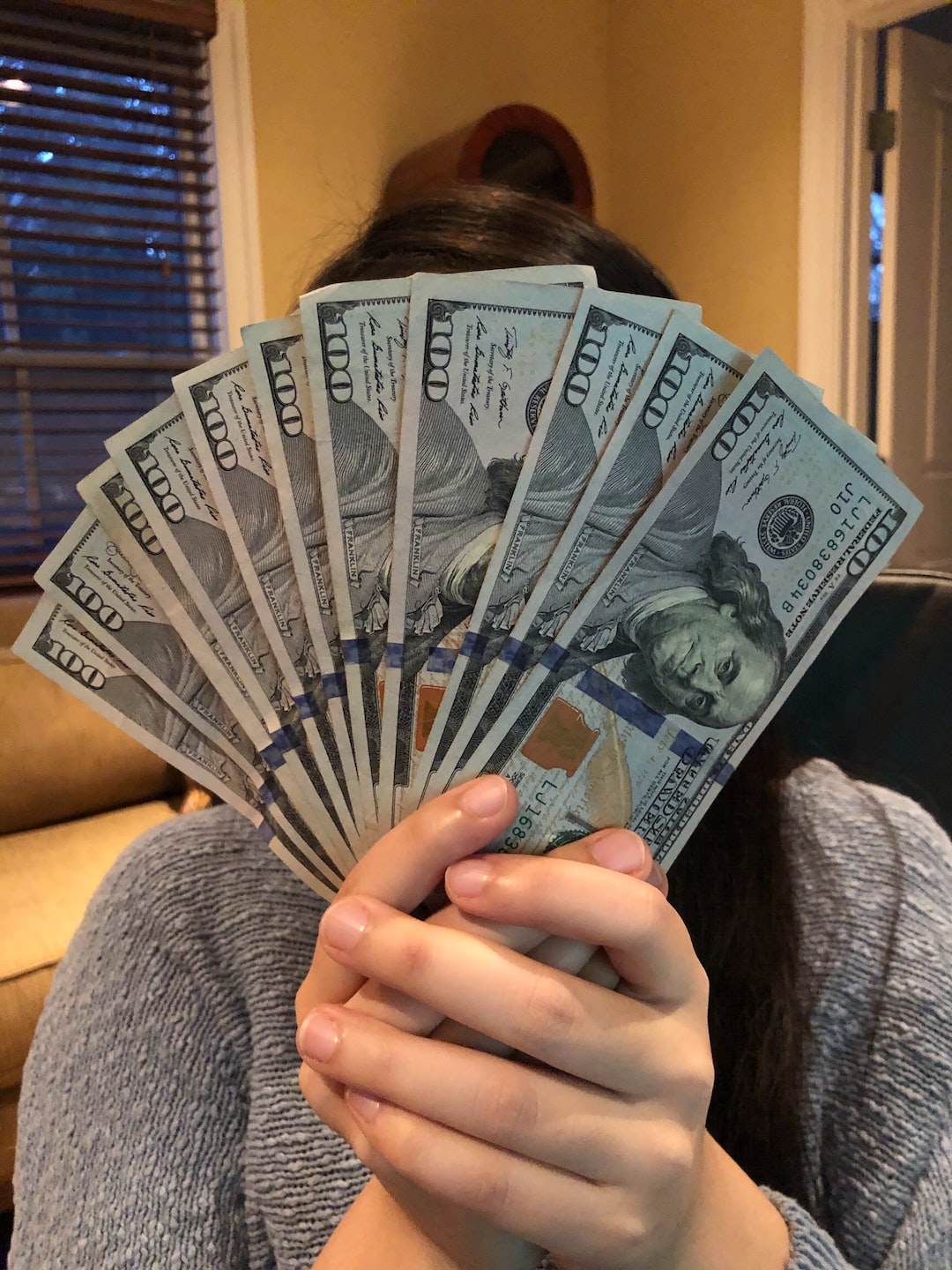The forex graph is a representation of the exchange rates between different currencies. It is a significant tool for traders and investors to predict the future of the currency market. During a recession, the forex graph undergoes several changes that affect the exchange rates of currencies. In this article, we will discuss what happens in the forex graph during a recession.
A recession is a period of economic decline where there is a significant decrease in economic activity. It is characterized by a decrease in Gross Domestic Product (GDP), a rise in unemployment rates, and a decline in consumer spending. During a recession, the forex graph reflects the changes in the economic environment. The following are the changes that occur in the forex graph during a recession:
1. Currency Depreciation
One of the significant changes that occur in the forex graph during a recession is currency depreciation. Currency depreciation refers to a fall in the value of a currency concerning other currencies. During a recession, the currency of a country tends to depreciate due to a decrease in demand for its goods and services. This decrease in demand leads to a decrease in the value of the currency. As a result, the exchange rate of the currency with other currencies falls.
For instance, during the 2008 financial crisis, the US dollar depreciated against other currencies due to the decrease in demand for US goods and services. The depreciation of the US dollar led to an increase in the value of other currencies such as the Euro, British Pound, and Japanese Yen.
2. Increase in Currency Volatility
Another change that occurs in the forex graph during a recession is an increase in currency volatility. Currency volatility refers to the fluctuation in the exchange rate of a currency. During a recession, the volatility of currencies tends to increase due to the uncertainty in the market. The uncertainty in the market arises due to the decrease in economic activity and the unpredictability of the future.
Increased volatility in the forex graph makes it difficult for traders and investors to predict the future of the market accurately. As a result, traders tend to be cautious during a recession and avoid making significant investments.
3. Safe-haven Currencies Appreciate
During a recession, safe-haven currencies tend to appreciate. Safe-haven currencies are currencies that are considered to be stable and secure during times of economic uncertainty. These currencies are highly sought after by traders and investors during a recession.
Safe-haven currencies include the US dollar, Swiss Franc, Japanese Yen, and the Euro. These currencies tend to appreciate during a recession as investors seek to protect their investments from market volatility.
4. Decline in Cross-border Trade
During a recession, there is a decline in cross-border trade. Cross-border trade refers to the exchange of goods and services between countries. The decrease in cross-border trade leads to a decrease in demand for currencies, which leads to a decrease in the value of currencies.
The decline in cross-border trade during a recession is due to the decrease in consumer spending and the decrease in economic activity. As a result, countries tend to focus on their domestic markets, which leads to a decrease in demand for foreign currencies.
In conclusion, the forex graph undergoes several changes during a recession. These changes include currency depreciation, an increase in currency volatility, appreciation of safe-haven currencies, and a decline in cross-border trade. As a trader or investor, it is essential to understand these changes to make informed decisions during a recession.






